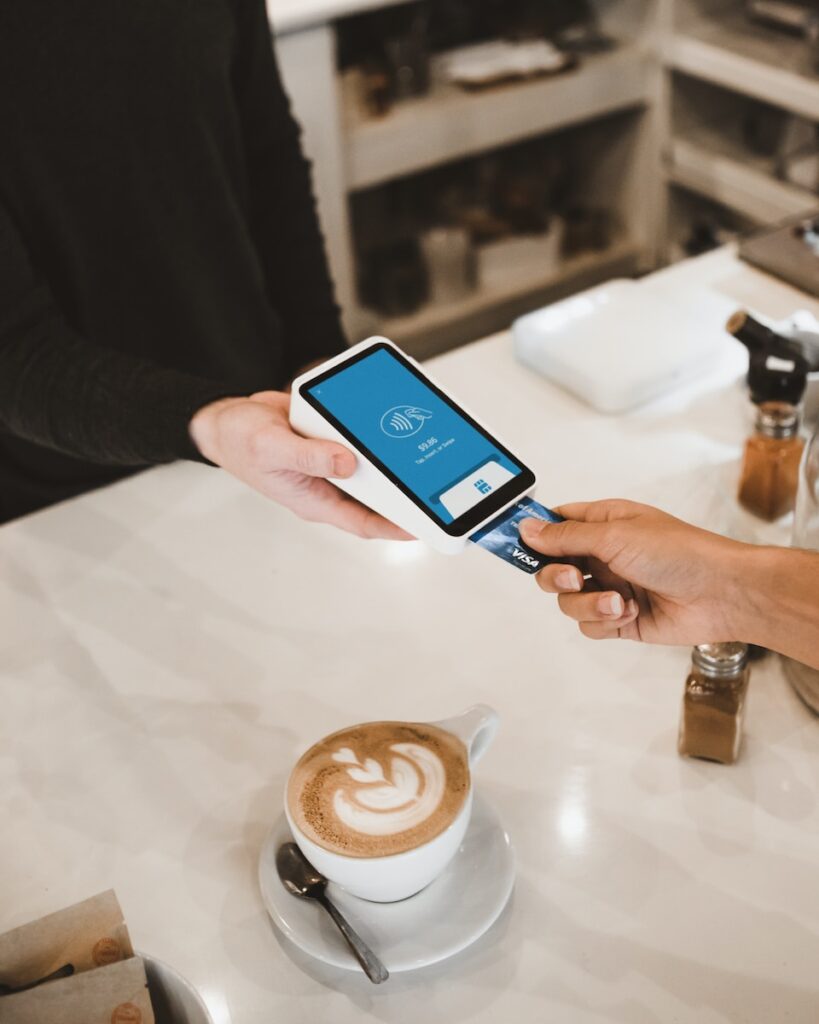categories
And I'm the person many entrepreneurs go to for Pinterest Marketing questions.
So if you've ever been stuck trying to figure out how to use Pinterest for your business, I've got the answers. Browse through my blog posts or subscribe to my YouTube channel to get the inspiration you need to rock Pinterest. And when you're ready, go grab my FREE SEO training- that's the most important Pinterest skill you can learn for success.
I'm Sarah
Learn Pinterest SEO in 20 Minutes
freebie
Join The Newsletter
Ways to Increase Sales When It Feels Like People Just Aren’t Buying.

May 25, 2023
Share the Knowledge!
In a recent Facebook post, someone asked why her product sales are down 30% despite thousands of new followers and a growing email list. The idea of a recession is scary, and reduced revenue is equally scary. My advice to her was to not blame lack of sales on the recession. Hear me out….
Consider this:
My husband is a commercial pilot. All major airlines (both cargo and passenger) have been on a hiring spree for the last few years to offset a large number of retiring pilots.
Passenger airlines like Delta Air Lines are seeing record breaking ticket sales for this coming summer, and TSA screened more passengers this past weekend than before the Pandemic (Source).
Meanwhile, FedEx halted hiring pilots, and even reduced flights a few months ago as they are seeing less demand for cargo shipments.

Where is this coming from? The market is shifting from product purchases to experience purchases, like travel. This shift from product to travel purchases happens every year as schools let out and people enjoy the warmer months (we call this the “summer slump” or the dreaded J Months in marketing) but this year seems to be different, more extreme.
And the fact that Delta Air Lines is seeing record breaking tickets is a big clue. Lots of this can point back to the pandemic, and how a large number of people turned to online shopping. Now, we are relatively free to travel- so that’s where we spending our money!
I am a Pinterest Marketing Strategist and Pinterest even admits the revenue they saw in 2020 is skewed because of people being stuck at home.
What do I do about the decline in sales?
1- Update your messaging. If email sign ups are great but no sales, that tells me people ARE interested, BUT it’s probably time to shift your messaging- people’s reasoning for buying things has also shifted in the last year.
Do some market research inside your current audience, and see if you can narrow down what attracted these people to you, and what their hesitation to buy is.
2- Another thing you can do is create some messaging that follows the seasonal changes (and searches). Here’s an example:
An author who sells children’s books can create a blog post with her top 5 books to put on a SUMMER reading list for kids home from school. Sure, her books can be read all year round, but now you’ve made it relative to summer.

I have a client who teaches moms to declutter. We re-created a blog post on “How to declutter before the holidays (so you aren’t overwhelmed with new toys)”. The decluttering methods she teaches doesn’t change whether it’s December or June. BUT she turned her evergreen content into seasonal content by targeting the feelings and needs of moms around the holidays.
That one does really well on Pinterest in Fall, you can see it here. ![]()
3- Retarget existing customers– offer an incentive for those who are past clients to purchase again. That could look like a loyalty member coupon, a free bonus, a past customer exclusive product, or even a stronger abandoned cart recovery.
Long story short, just because sales are down doesn’t mean people have stopped buying. I encourage you to be aware of the market shifts, understand how your ideal audience is currently feeling. If it has changed, then update your messaging.
If you want help shifting your messaging from evergreen to seasonal, book a strategy call with me and we can brainstorm different ways to make this happen. Be sure to reference this post when booking!
Until next time, Happy Pinning,
Sarah
Other Helpful Posts

categories
And I'm the person many entrepreneurs go to for Pinterest Marketing questions.
So if you've ever been stuck trying to figure out how to use Pinterest for your business, I've got the answers. Browse through my blog posts or subscribe to my YouTube channel to get the inspiration you need to rock Pinterest. And when you're ready, go grab my FREE SEO training- that's the most important Pinterest skill you can learn for success.